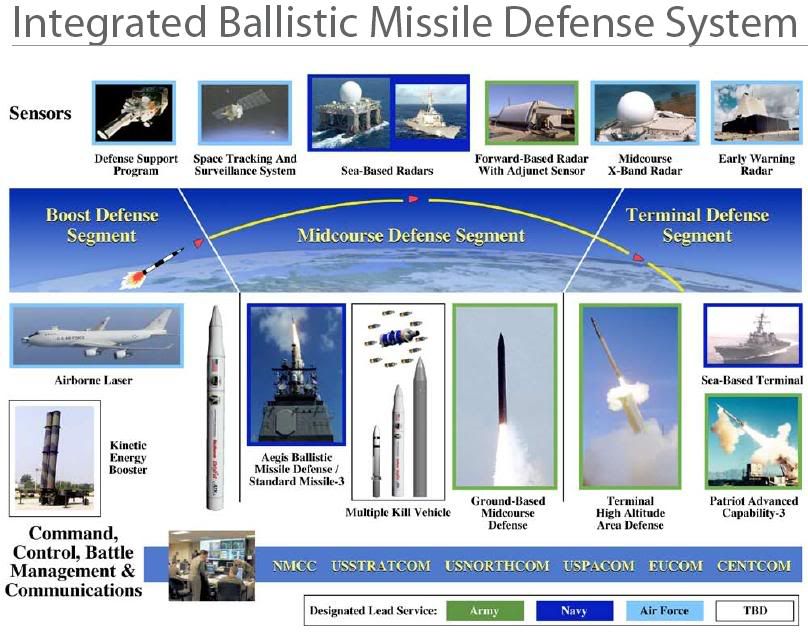Actually, mid course interception has its problems. Check out the result of a the US mid course interception program. The US is now focusing also on the boost phase. I believe this is the future of ballistic missile defense.
I have to agree with you that terminal phase is become economically feasible as its cheaper to deploy MIRV than interceptors. Without MIRV, terminal phase make sense. but it does not make economic sense when MIRV's are deployed.
We need to look at this issue from a more philosophical perspective.
Which is easier? To defend against attacks by meeting the enemy at home soil? Or to foil a method of attack at its source?
Perhaps the question should be framed from a financial perspective....
Which is less costly? To defend against attacks by meeting the enemy at home soil? Or to foil a method of attack at its source?
To thwart an attack at its source mean we need to confront said attack on enemy territory, which in turn demand that we have a presence at least near enemy territory, if not
ON enemy territory. The latter is not feasible since no nation would allow a hostile military force on its territory. That leave persistence presence near a potential adversary the next best option. But not everyone can afford to deploy and support a persistence expeditionary force away from home territory.
Terminal defense is the financially viable option for the majority of the world's countries. Basically, the enemy is already 'here' and we have to meet him.
To meet the enemy at the 'mid-course' segment mean we have to deploy forces outside our sovereignty. This mean a larger military force and a greater financial burden.
To meet the enemy at the 'boost' phase mean we have to deploy forces, not merely outside our sovereignty but right outside the enemy's sovereignty. This mean an even larger military force and greater financial burden.
Not every country can afford to deploy, long term or else, military forces away from home territory just to watch a potential adversary.






